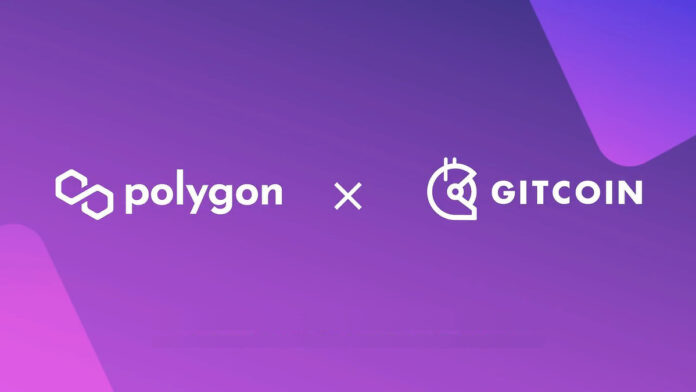
Polygon and Gitcoin join forces and vision to launch a series of grants to boost the development of memecoin AI projects.
In a move that promises to revolutionize the cryptocurrency ecosystem, Polygon and Gitcoin have announced a strategic collaboration to boost the development of memecoin AI projects. This alliance not only marks a milestone at the intersection between artificial intelligence and cryptocurrencies, but also opens a new chapter in the way innovative projects are funded and developed in the blockchain space. The programme, which is already active, will end its application period on 15 April 2025.
In any case, the vision of both platforms is clear: encourage the creation of AI-powered memecoins, a trend that has gained traction in recent yearsThrough a grants program, Polygon and Gitcoin seek to support developers and entrepreneurs working on projects that combine humor, internet culture, and AI technology to create unique and functional cryptocurrencies.
Polygon and Gitcoin collaboration: A boost for innovation
The collaboration between Polygon, one of the most important Ethereum scalability networks, and Gitcoin, a leading community funding platform for open source projects, aims to offer economic and technical resources to emerging AI memecoin projects. These grants will not only provide initial funding, but will also guarantee access to tools, mentoring, and a network of contacts that will allow the projects to grow sustainably.
Gitcoin, known for its focus on crowdfunding and supporting impactful projects, joins forces with Polygon, which has proven to be an ideal platform for developing decentralized applications (dApps) and tokens. Together, they aim to create an ecosystem where memecoins are not just seen as a joke or a fad, but as serious projects that leverage artificial intelligence to offer utility and value to users.
Projects that will benefit from this collaboration include those that use AI to generate dynamic content, such as personalized memes based on user behavior, or those that integrate machine learning algorithms to improve decision-making in cryptocurrency trading. Projects that combine meme culture with practical applications, such as social media reward systems or interactive entertainment platforms, are also expected to emerge.
The future of AI memecoins in 2025
Against all this, 2025 is shaping up to be a pivotal year for AI memecoins. With the backing of Polygon and Gitcoin, these projects have the potential to transform the way we interact with cryptocurrencies and digital culture. One of the most exciting aspects is the ability of these coins to adapt and evolve thanks to artificial intelligence.
For example, imagine a memecoin that not only has a meme as its logo, but is also capable of generating memes in real-time based on current internet trends. Such projects would not only appeal to cryptocurrency enthusiasts, but also to a broader audience that enjoys meme culture. Furthermore, AI integration would allow these coins to offer unique functionalities, such as the ability to predict market trends or personalize experiences for users.
The impact of AI memecoins on the crypto ecosystem will be significant. On the one hand, they will democratize access to blockchain technology, attracting new users who may not have been interested in traditional cryptocurrencies. On the other hand, they could boost mass adoption of decentralized applications, as their fun and accessible nature makes them more appealing to the general public.
A collaboration with great potential
Polygon and Gitcoin’s decision to join forces is no coincidence. In recent years, we have seen a rise in the popularity of memecoins, with examples such as Dogecoin and Shiba Inu capturing the attention of millions of people. However, many of these projects lack real utility beyond their speculative value. The integration of artificial intelligence seeks to change this dynamic, offering memecoins that are not only fun, but also functional.
And this makes a lot of sense when you consider that, according to a recent study, more than 60% of cryptocurrency users under the age of 30 are interested in projects that combine advanced technology with cultural elements, such as memes. This suggests that AI memecoins not only have great growth potential, but could also become one of the main driving forces of cryptocurrency adoption in the next decade.
It is clear that this collaboration also responds to the growing demand for innovation in the crypto space. As the market matures, investors and users are looking for projects that offer more than just a token. AI memecoins, with their ability to adapt and evolve, represent a new frontier in blockchain technology.
As for the implications, this alliance could accelerate the development of AI projects in the crypto ecosystem, attracting more developers and entrepreneurs to the space. Moreover, it could set a new standard for memecoins, where utility and innovation are as important as the “fun” factor.


